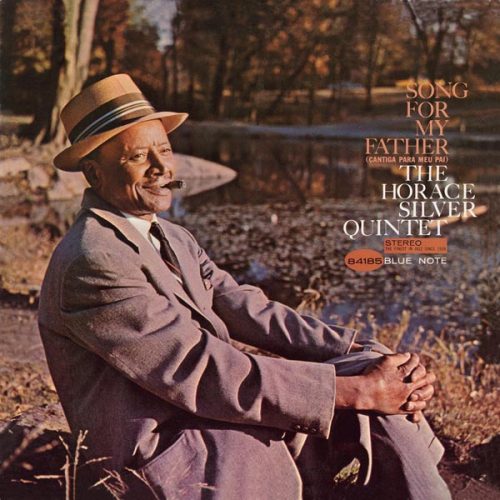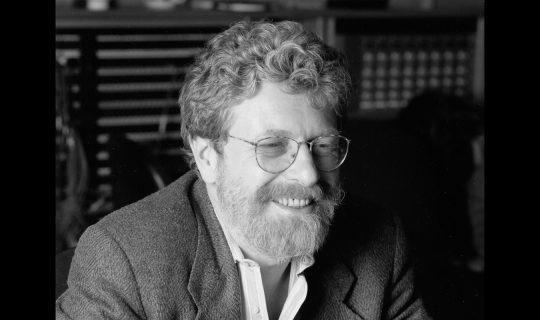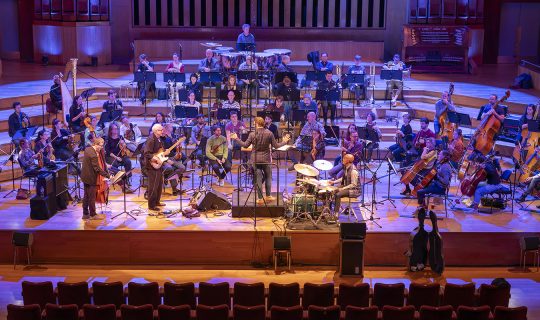January 11, 2021
One of the most indelible tunes in the jazz canon, Horace Silver’s “Song for My Father,” recorded on October 26, 1964 for the album that bears the same name, could have become an AM Top 40 radio hit had the powers to be back then delved deeper beyond the Beatles, the Beach Boys and Motown to find rich sources of beguiling song. In fact, a decade later, the pop group Steely Dan lifted the catchy bass lines from “Song for My Father” for its own song “Rikki Don’t Lose That Number” (from its 1974 album Pretzel Logic), which reached the upper echelon of the pop singles chart—testament to Silver’s brilliance as a songwriter whose appealing tunes over the course of his career have been fully recognized as lyrical, whimsical gems.
While the pianist and bandleader recorded exclusively for Blue Note Records beginning in 1956 after he left the Jazz Messengers (the seminal band he co-founded with drummer Art Blakey) until 1979, Song for My Father stands as the milestone of his oeuvre not only for its snappy songs (most originals, no songbook standards) but also for its top-tier ensemble interplay. Silver’s pianism is unmistakable in its percussive bounce, with his light pounce on the keys fashioning chords that contribute to the hard bop rhythm. While he wasn’t a flashy virtuoso of the instrument, he was a charismatic craftsman whose mesmerizing songs afford his band mates ample room to improvise with brio.
The six songs presented on the original LP release of Silver’s most celebrated album were recorded by two different ensembles in sessions that took place a year apart, from October 1963 to October 1964. Silver’s old band contributes two numbers while the bulk of the album introduced his brand-new quintet. In place of his veteran group that had been together for five years (trumpeter Blue Mitchell, tenor saxophonist Junior Cook, bassist Gene Taylor and drummer Roy Brooks), Silver enlisted a crew of young musicians including trumpeter Carmell Jones, tenor saxophonist Joe Henderson, bassist Teddy Smith and drummer Roger Humphries.
The longtime band appears on a trio rendering of Silver’s hushed ballad “Lonely Woman,” which the pianist delivers in a gorgeous melancholic mood, and the tempo-shifting “Calcutta Cutie,” where the quintet starts slowly then zips into a swing, highlighted by the leader’s tinkling piano breaks that he said were reminiscent of a guitar being strummed.
After the leadoff title track, Silver and his new outfit turn up the heat with “The Natives Are Restless Tonight” that features Jones and Henderson taking the melodic head before the solos open up. Henderson is a revelation, with his ecstatic tenor flight while Silver jumps into the fray that is driven by Humphries’s skittering, spanking, tumbling drum runs. “Que Pasa” also features Henderson and Silver taking buzzing solos that begin with calm before brewing into a roil. Henderson’s composition, “The Kicker,” literally kicks with energy and velocity, as both Jones and the tenor saxophonist blow with fire and Silver takes the rollicking route.
While Song for My Father as a whole perfectly captured the Silver aura of his Blue Note days, the title melody made jazz history. With Silver’s bluesy, swinging piano flavored both by the Cape Verdean folk music of his father and Brazilian bossa nova, “Song for My Father” proved to be both an enthralling dance for the day and a timeless piece of music.







